The Extraordinary Journey of a 4th-Century African Saint
In the harsh deserts of 4th-century Egypt, a man once feared as “The Shadow of the Desert” became a beacon of redemption. Saint Moses the Black (330–405 AD), an Ethiopian former slave turned ruthless bandit leader, underwent one of Christianity’s most dramatic transformations. His life—marked by violence, profound repentance, and ultimate martyrdom—offers enduring lessons on humility, nonviolence, and God’s limitless grace.
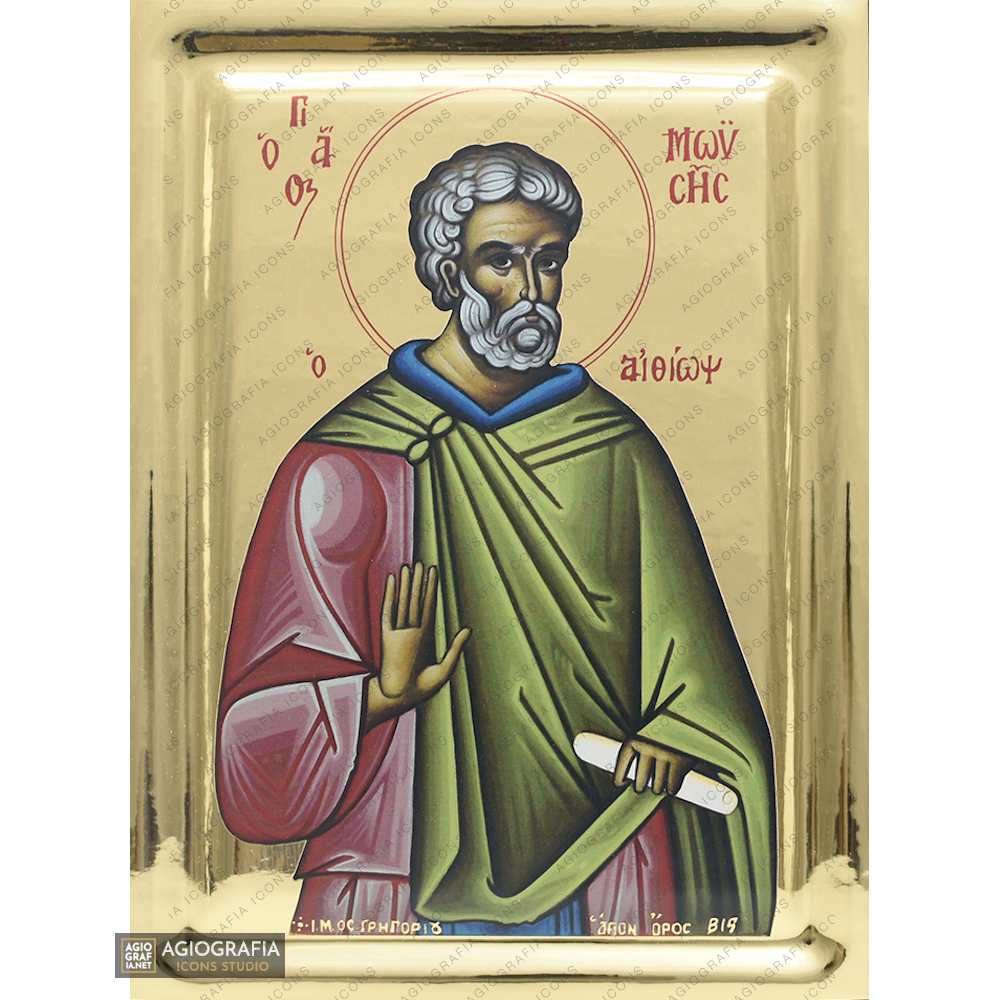
Byzantine icon of Saint Moses the Blackagiografiaicons
Byzantine icon of Saint Moses the Black, holding a scroll of wisdom (Source: Portraits of Saints)
Historical Context: The Desert Monastic Movement
The Cradle of Christian Asceticism
The Egyptian desert of Wadi El Natrun (ancient Scetis) became the epicenter of early Christian monasticism. By 330 AD, pioneers like Saint Macarius established hermit communities here, attracting thousands seeking spiritual rigor1312. These desert fathers developed a radical spirituality that prioritized:
- Silence and solitude as paths to divine encounter
- Manual labor (like basket-weaving) to combat idleness
- “Watchfulness”—constant prayerful awareness of God’s presence
Moses entered this world when Scetis housed over 700 monastic settlements13, creating a unique spiritual ecosystem that would reshape global Christianity.
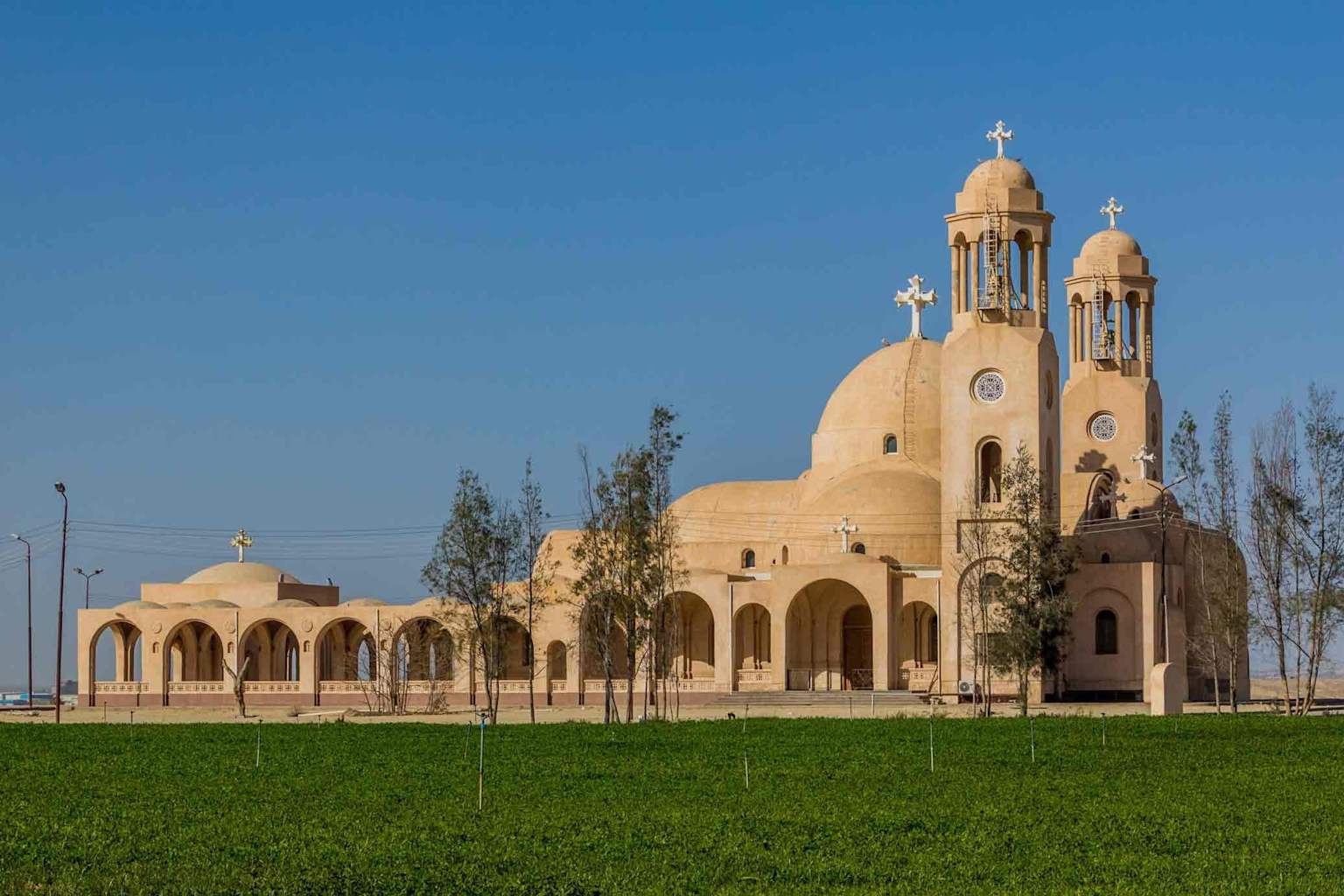
Monastery in Wadi Natrun, Egypt, featuring distinctive architecture and a desert oasis settingexperienceegypt
Monastery in Wadi Natrun, Egypt – a surviving center of desert monasticism (Photo: St. Shenouda Monastery)
Early Life: The Terror of the Nile
From Slave to Crime Lord
Born into slavery near Alexandria, Moses’ early life was marked by rebellion. After being expelled for theft, he formed a 75-member gang that terrorized Nile Delta communities34. Contemporary accounts describe his shocking brutality:
- Swimming the Nile with a dagger in his teeth to attack victims4
- Devouring entire sheep and wine skins in single sittings3
- Evading Roman authorities for nearly a decade through desert survival skills
Yet beneath the violence lay spiritual hunger. Moses later confessed he’d shout at the sun: “If you’re God, speak to me!” until a voice directed him to Scetis’ monks78.
Conversion: The Voice in the Desert
A Radical Turn to Monastic Life
In 360 AD, fleeing authorities, Moses stumbled into a Scetis monastery. The monks’ unexpected mercy—lying to protect him from soldiers—ignited his conversion8. Under Abba Isidore’s guidance, he embraced:
- Extreme asceticism: 6-year struggle against violent urges through fasting and all-night vigils46
- Humble service: Secretly carrying water for elderly monks417
- Nonviolence: Refusing to defend himself against robbers, saying “Those who live by the sword die by the sword”49
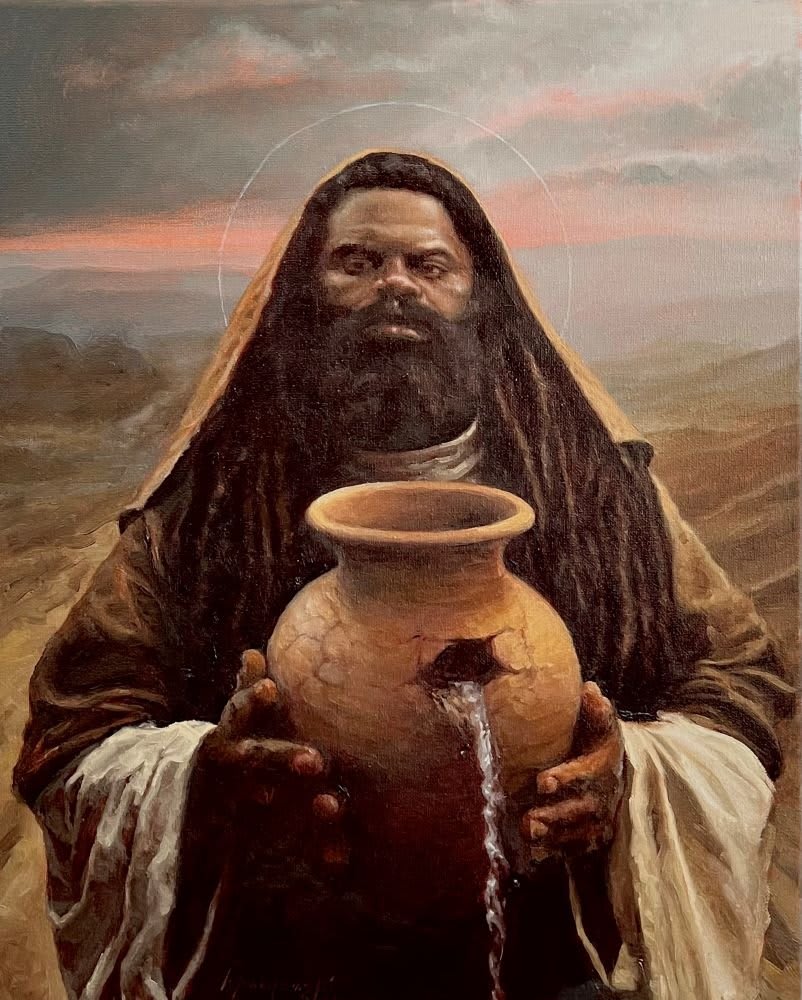
Oil painting of Saint Moses the Black holding a cracked jarparadisefoundstudio
“My sins trail behind me like sand” – Painting of Moses with a cracked jar (Artwork: The Black Catholic)
Spiritual Leadership: Wisdom from the Cell
Teachings That Shaped Christianity
Ordained a priest at 75, Moses became a sought-after spiritual guide. His sayings, preserved in the Apophthegmata Patrum (Sayings of the Desert Fathers), remain influential:
- On humility:
“My sins run behind me like spilled sand. How can I judge another?”617 - On persistence:
“Sit in your cell, and your cell will teach you everything.”619 - On reconciliation:
“If someone sins against you, forgive seven times a day—no, seventy times seven!”14
His leadership transformed Scetis into a refuge for former criminals, proving no one is beyond redemption418.
Martyrdom: The Crown of Nonviolence
Final Witness to Christ’s Peace
In 405 AD, Moses foresaw a Berber raid. While urging monks to flee, he and seven companions chose to stay, embodying Christ’s command to “love your enemies” (Luke 6:27). Eyewitnesses reported:
- Moses praying “Father, forgive them” as attackers struck79
- Seven luminous crowns descending on the martyrs711
- His skull preserved at Syria’s Monastery of Saint Pishoy15
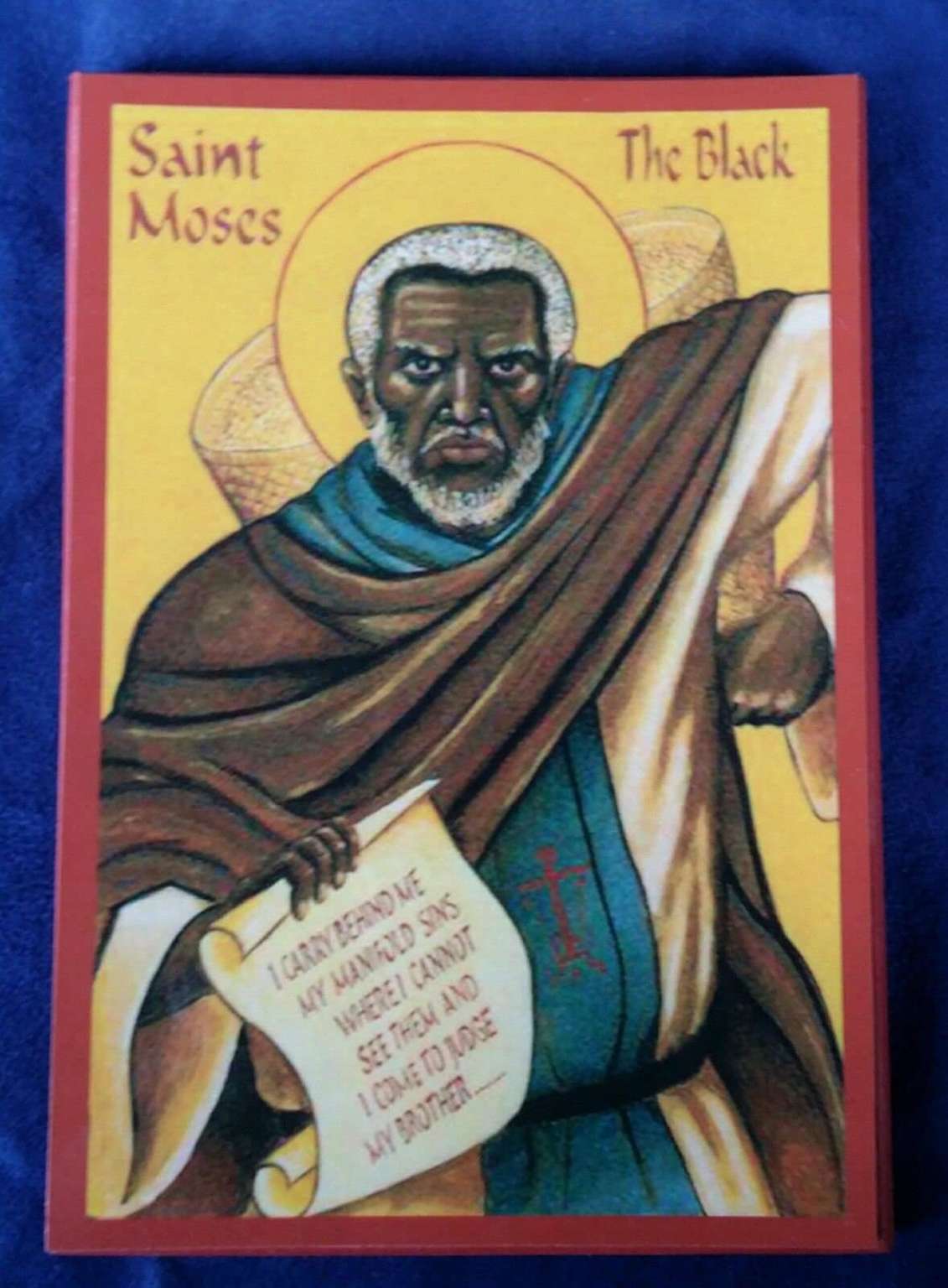
Icon of Saint Moses the Black, Holding a Scrolletsy
Modern icon of Moses with his famous teaching on judgment (Source: Orthodox Road)
Legacy: A Saint for Our Times
Patron of Racial Justice & Addiction Recovery
Venerated on August 28 (Roman Catholic) and Paoni 24 (Coptic), Moses’ legacy thrives through:
- The Fellowship of St. Moses the Black: Promotes African saints and anti-racism918
- Recovery ministries: His intercession sought for addiction healing921
- Modern media: Upcoming film starring Omar Epps chronicles his life20
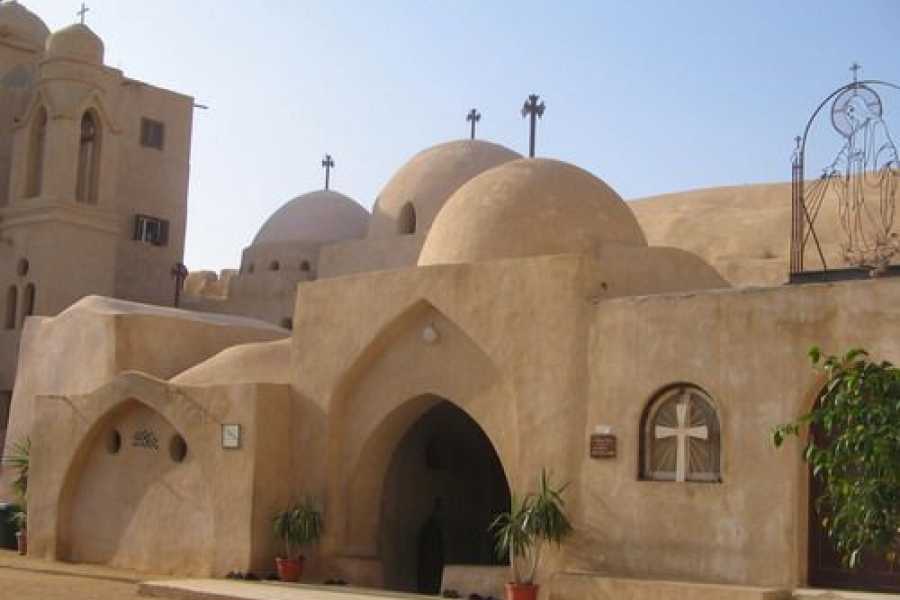
A Coptic monastery in Wadi El Natrun, Egypt, featuring rounded domes and arched doorwaysmarsaalamtours
Coptic monastery in Wadi El Natrun where Moses’ teachings endure (Photo: Misr Travel)
WordPress Configuration
SEO Title: Saint Moses the Black: From Bandit to Desert Father – A Story of Radical Redemption
Slug: saint-moses-the-black-desert-father
Focus Keyword: Saint Moses the Black
Meta Description: Discover how a 4th-century Ethiopian slave turned violent bandit became Saint Moses the Black – mystic, martyr, and patron of racial justice.
Tags:
Saint Moses the Black, Desert Fathers, African saints, monasticism, nonviolence, racial reconciliation, addiction recovery, early Christianity, Egyptian Christianity, Coptic saints
Categories:
Catholic Saints, Early Church History, Spiritual Transformation, Racial Justice, Monastic Spirituality
Featured Image: (1200×628 pixels)
References & Further Reading
- EWTN: St. Moses the Black
- OrthodoxWiki: Moses the Black
- The Merry Beggars: Moses’ Conversion
- Breaking Ground: Sayings of Moses
- St. Shenouda Monastery: Scetis History
- Aleteia: Wadi Natrun’s Monasticism
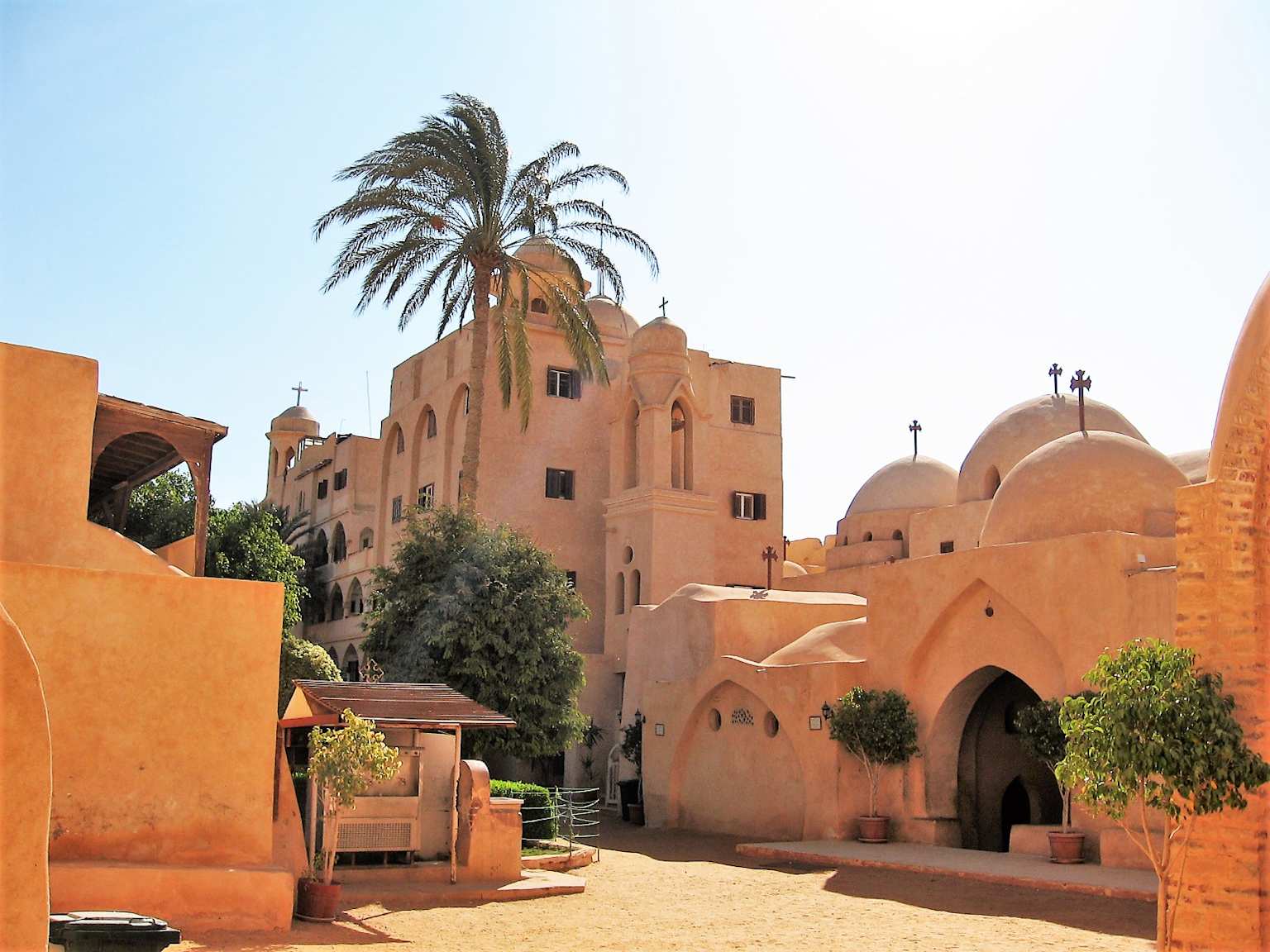
Monastery of Saint Pishoy in Wadi El Natrun, Egypt, featuring its unique architecture and courtyarden.wikipedia
Bell tower of Saint Pishoy Monastery, preserving Moses’ legacy (Photo: Wind Ministries)
References
- Wikipedia: Moses the Black (English)
- Life of St. Moses the Black (mosestheblack.org)
- EWTN: St. Moses the BlackSt. Mary & St. Moses AbbeyrthodoxWiki: Venerável Moisés, O Negro (Portuguese)
- St. Nicholas Cathedral: St. Moses the Ethiopian
- OrthodoxWiki: Moses the Black
- Joy of All Who Sorrow Orthodox Church
- Explore Wadi al-Natrun Monasteries
- Sayings of the Desert Fathers (Wikipedia)
- Fellowship of St. Moses the Black
- OrthodoxWiki: Fellowship of St. Moses the Black
Connect with Us!
Explore more Catholic content and support our mission:

